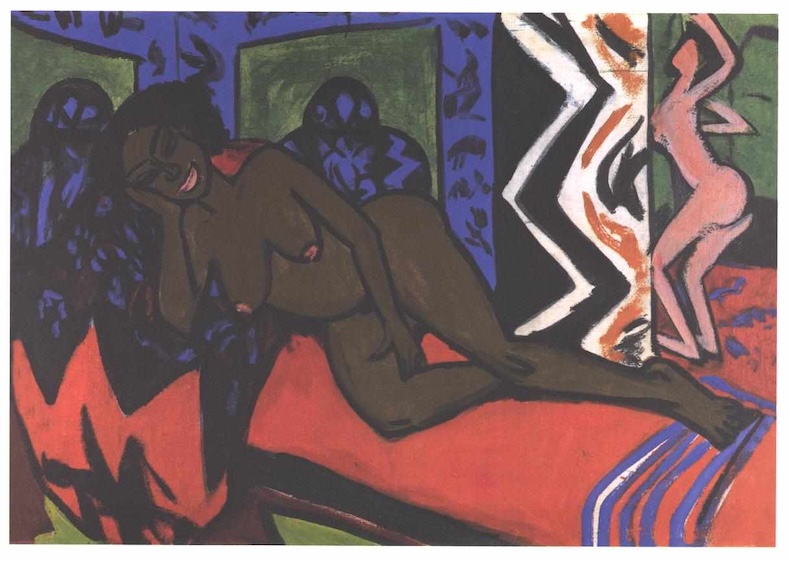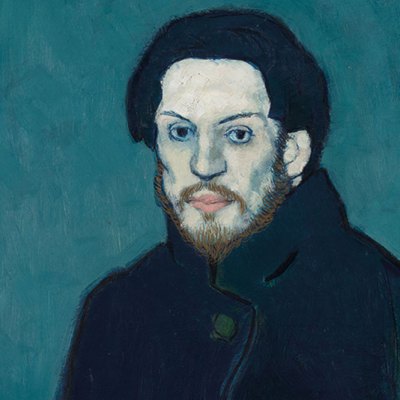The Princess of 72nd Street, Elaine Kraf (Penguin Modern Classics, 2 Jan)
‘I don’t need LSD for things to look pretty,’ says Ellen, the artist protagonist of this 1979 New York novel by painter and writer Elaine Kraf (who died in 2013). This is because Ellen often experiences what she calls ‘the radiance’ – an involuntary state of liberation and bliss which she attempts to ride out and channel into her work. Unfortunately, other people tend to interpret these ‘radiances’ as periods of psychosis, and medicate her accordingly. Had Nora Ephron written while on LSD, she might have read a little like this wryly devastating novella, the rediscovery of which feels overdue.
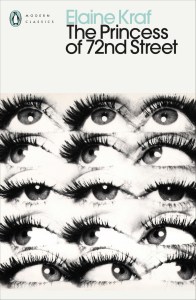
Strange Pictures, by Uketsu (tr. Jim Rion) (Pushkin Vertigo, 16 Jan)
Even if this book were not billed by its publishers as ‘the chilling Japanese mystery sensation’, you might guess at its genre from the slick cover design, which features blood dripping from a morsel of nigiri in a sushi box. Higher powers of deduction, presumably, are required by the reader to crack the enclosed mystery set by Uketsu, a YouTuber with a cult following in Japan and a signature uniform of white mask and black body stocking. In this, his first book translated into English, clues are hidden in a series of macabre drawings; no strangers to parsing pictures, art historians might have the detective edge here.
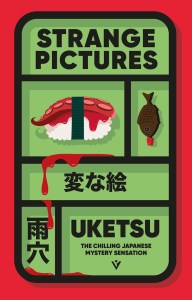
Perspectives by Laurent Binet (Harvill Secker, 8 April)
Prize-winning French writer Laurent Binet has used the detective genre before: his novel The 7th Function of Language reimagined Roland Barthes’ death in 1980 not as an accident but as a murder. In his latest book, Binet has Giorgio Vasari leading an investigation into the (fictional) stabbing in 1557 of Jacopo da Pontormo – a painter known for his use of ambiguous perspective as well as his provocative Venus and Cupid (1533), one of the bold new works around which this mystery revolves, and which spin Renaissance Florence into chaos.
Venus and Cupid (1532–33), Jacopo Carucci, known as Pontormo. Gallerie dell’Accademia, Florence
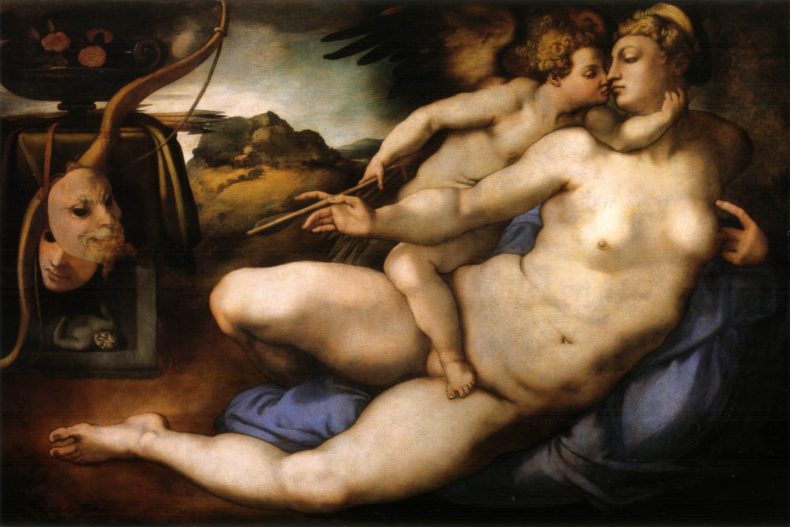
The Painted Room, Inger Christensen; tr. Denise Newman (New Directions, 6 May)
The Danish poet and author Inger Christensen, who died in 2009, hung the laurel wreath for one of the many literary prizes she won in her kitchen – the cook’s daughter in her couldn’t help but put its leaves to good use in soups and stews. Christensen found similar piquancy in the Italian Renaissance, serving up in The Painted Room a tale of intrigue and murder at the ducal palace in Mantua, where Mantegna is painting his frescos in the Camera degli Sposi for Ludovico Gonzaga. First published in 1976, the short novel will be reissued this spring with its English translation by Denise Newman.

Gertrude Stein: An Afterlife, Francesca Wade (Faber, 22 May)
In this biography of the controversial American writer, Francesca Wade sets out to uncover the woman behind the celebrity – a celebrity cultivated by Stein herself (posing for Picasso, hosting her salon in Paris, playing to the crowds on her book tours) yet which, to her frustration, tended to eclipse her work. Wade – whose group biography Square Haunting examined five British women intellectuals in the same era – has found new archive material to shed more light on Stein’s relationship with her partner, Alice B. Toklas, and on the origins of her undeniably radical writing.
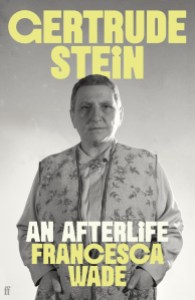
River of Shadows: Eadweard Muybridge and the Technological Wild West, Rebecca Solnit (Granta, 22 May)
Born in Kingston-upon-Thames in 1830, Edward Muggeridge later changed his name to Eadweard Muybridge, wishing for it to sound more archaically Anglo-Saxon. This feels like something of an irony for a pioneering photographer who achieved the beginnings of cinema when he captured images of a horse in motion in California in 1878. First published in 2004, Solnit’s biography of Muybridge is also a portrait of America – and thus much of the world – on the brink of modernity.
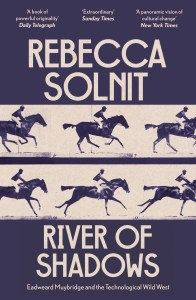
A Brief Portrait of Small Deaths, Maaza Mengiste (Fourth Estate, Oct 2025)
The idea for Maaza Mengiste’s third novel, set in Berlin during the interwar years, came to her in Stuttgart while standing in front of the painting Milly Sleeping (1911) by Ernst Kirchner. What, it made her wonder, were the lives of Afro-Germans like in Weimar Germany? The power dynamic between subject and artist or maker is a theme Mengiste explored in her last novel The Shadow King, set during the Italo-Ethiopian war, and one which reappears in this story about a German painter and his model during the rise of Nazism.
Sleeping Milli (1911), Ernst Ludwig Kirchner. Kunsthalle Bremen – Der Kunstverein in Bremen
